When you're planting in Zone 5, you need to know which evergreens are best suited to your soil and climate. Plant the wrong evergreen and your landscaping may struggle to meet your expectations. Fortunately, there are several evergreens that thrive not only in Zone 5 but in the shade as well. So, which evergreens for shade should you plant in Zone 5? For your convenience, we brought you the answer.
The best Zone 5 shade-friendly plants include:
- Summersweet
- Hazelnut
- Lungwort
- Mock orange
- Bleeding heart
- Mukdenia
- Balloon flower
Introducing the right evergreen plants into your Zone 5 landscaping plan means the difference between a lush plot or a barren curb. You can work with team members at your local hardware store to establish your climate zone and find the evergreen transplants that best suit your needs.

7 Evergreens For Shade Zone 5
Evergreen plants retain their leaves throughout the year. This means that they add a consistent pop of color to your yard no matter what turn the weather might take. Many of these evergreens flower during the spring and summer, too, allowing you to attract pollinators and birds.
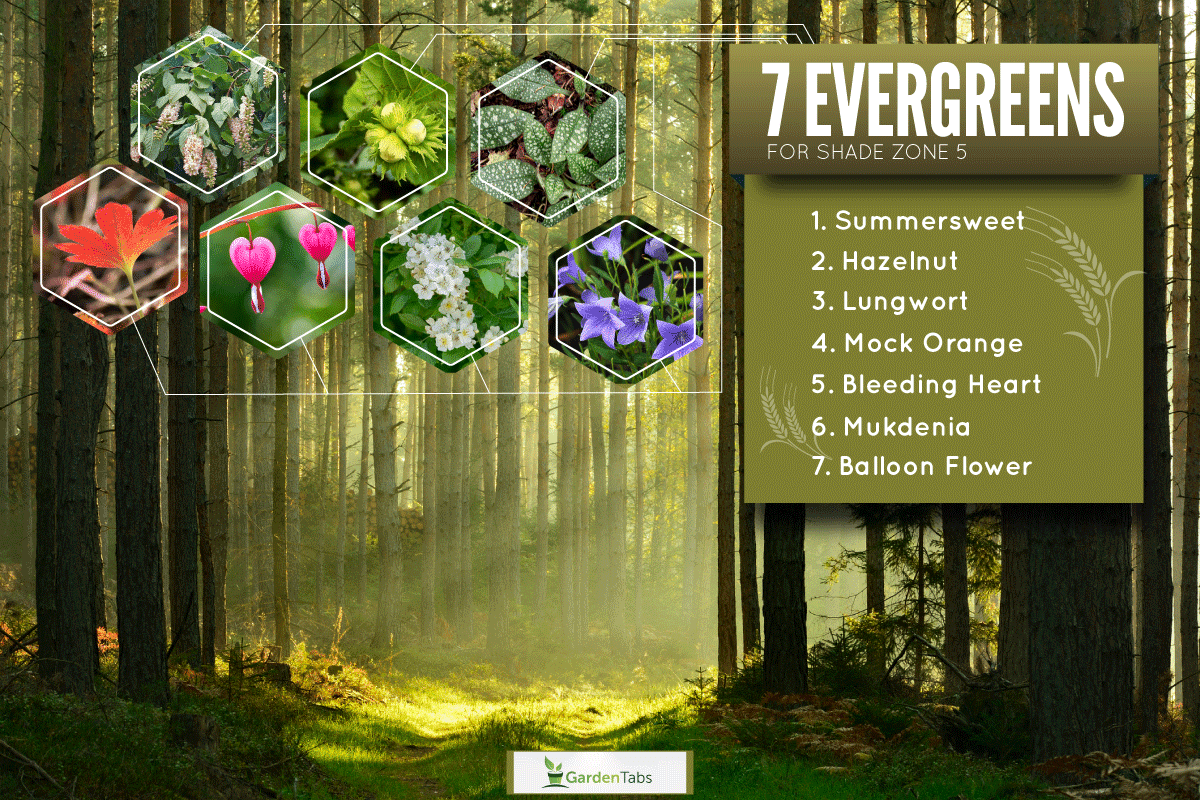
Read more: 15 Evergreen Flowering Shrubs
The array of evergreens available to you is vast, though. Choosing the best transplants for your landscaping can be a matter of personal opinion. That said, some of the best growing and most flexible of the evergreen family plants that thrive in Zone 5's shade include:
Summersweet (Clethra alnifolia)
Summersweet shrubs are also referred to as "pepper bushes." These shrubs are ornamental in nature and add bright colors and smells to the average Zone 5 flowerbed.
Unlike several of the evergreens on this list, you can expect a summersweet shrub to flower in late summer. Plant this shrub alongside other evergreens, and you'll find that you can keep your landscaping colorful all throughout the year.
Summersweet shrubs are the ideal plants to sprinkle throughout your yard if you want to attract pollinators. Be prepared to contend with the plant's height, though.
Summersweet shrubs can grow up to seven feet tall depending on the care they receive. You can work with a professional to plan plant trimmings for simpler care.
For the best success, keep your pepper bush in slightly acidic soil. You should also wet this plant's soil consistently, but take care to avoid the dreaded root rot.
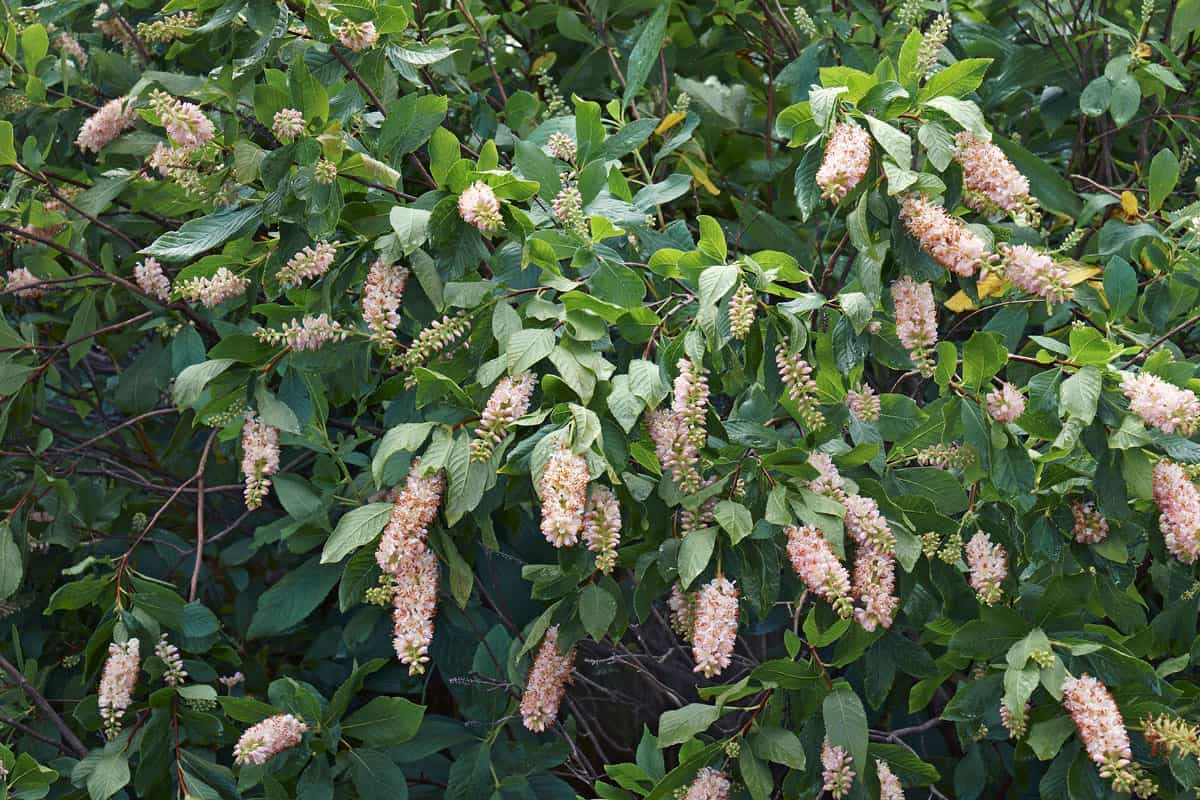
Hazelnut (Corylus avellana)
Traditionally, you'll find hazelnuts grown as trees. However, you can also grow hazelnuts as shade-loving shrubs. Careful trimming and care can make a hazelnut shrub a staple in your developing landscaping.
Read more: 7 Shade Trees For Your Zone 5 Backyard
Hazelnuts thrive when the soil around them is consistently damp. You'll want to consistently water your hazelnut, particularly in the days immediately following a transplant or propagation.
Once you've dampened the soil, though, hazelnuts can essentially take care of themselves. These plants do not require fertilizer to spread their leaves.
Traditionally, hazelnut shrubs don't require a significant amount of trimming. You need to keep root suckers from attaching themselves to the shrub's roots, though. You should also take action if you notice your shrub growing beyond a height that you're comfortable with.
Be prepared to harvest the nuts come the fall as well. While you need to take precautions to ensure that the nuts are safe to eat, these harvests can diversify your pantry with little to no effort exerted on your part. Most hazelnut shrubs take up to four years to produce a viable harvest.
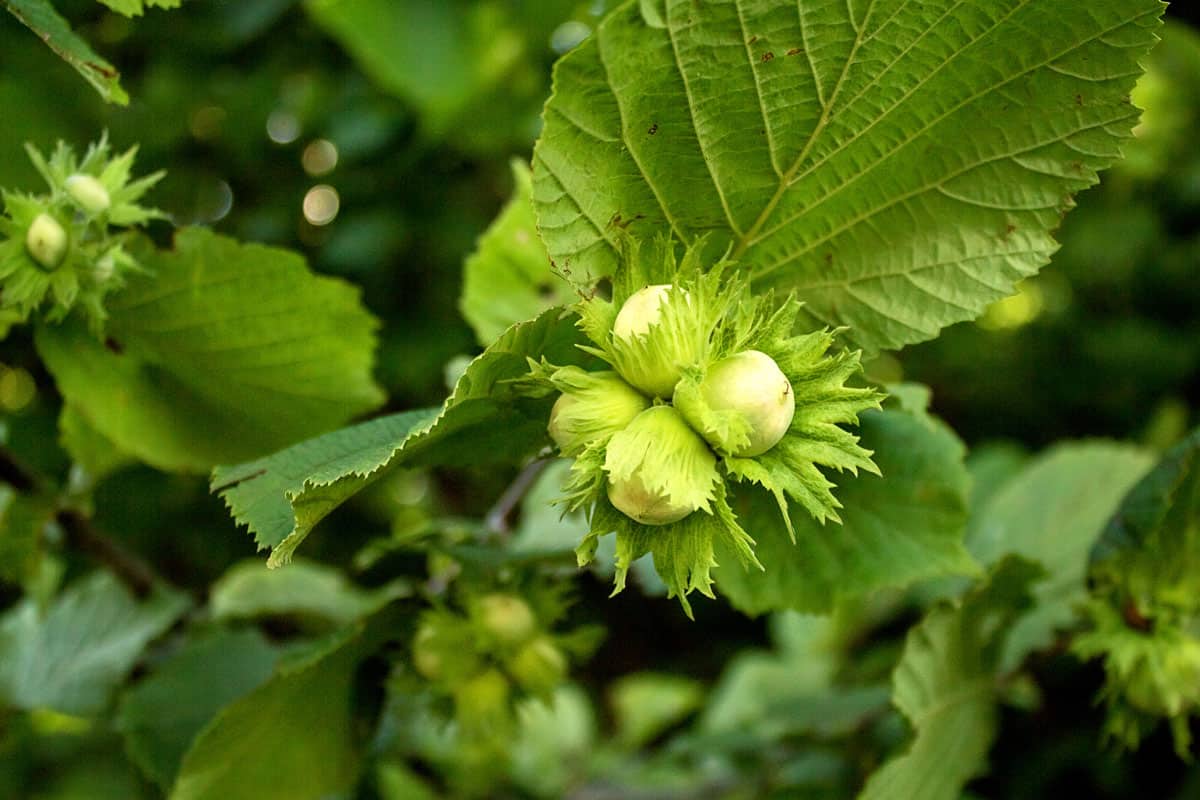
Lungwort (Pulmonaria)
Lungwort produces small purple blooms throughout the spring before reverting to a softer evergreen throughout the summer and fall. Don't start cutting back the leaves if you spot odd colorations, though.
Lungwort's other claim to fame is its spotted leaves. The white spots add texture to the average flowerbed, drawing the eye past your swath of greenery.
If you want to add lungwort to your garden, you're in luck. This plant thrives when it has ready access to damp and shady soil. If you live in a dryer climate, you'll need to water your lungwort consistently for the best results.
Lungwort rarely exceeds 12 inches in height but can cover a significant amount of ground. You can apply a light fertilizer to your recently-sprouted lungwort for the best growing results.
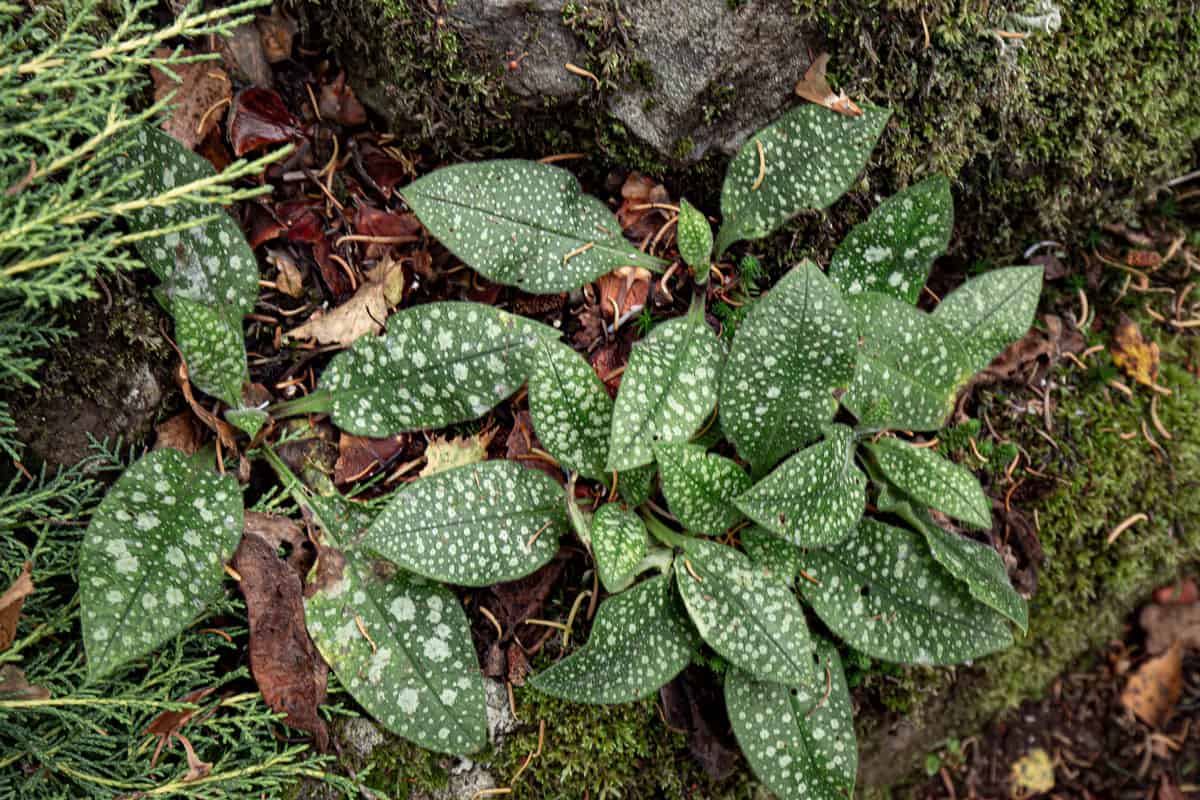
Mock Orange (Philadelphus virginalis)
Unfortunately, mock oranges don't produce any fruit resembling more traditional citruses. If you want the smell of oranges throughout your lawn without the pressure of managing an orchard, though, then mock oranges are for you.
These shrubs tend to bloom later into the spring than most other evergreens. That said, you can cut the white and orange flowers from the hedges and bring them indoors with you.
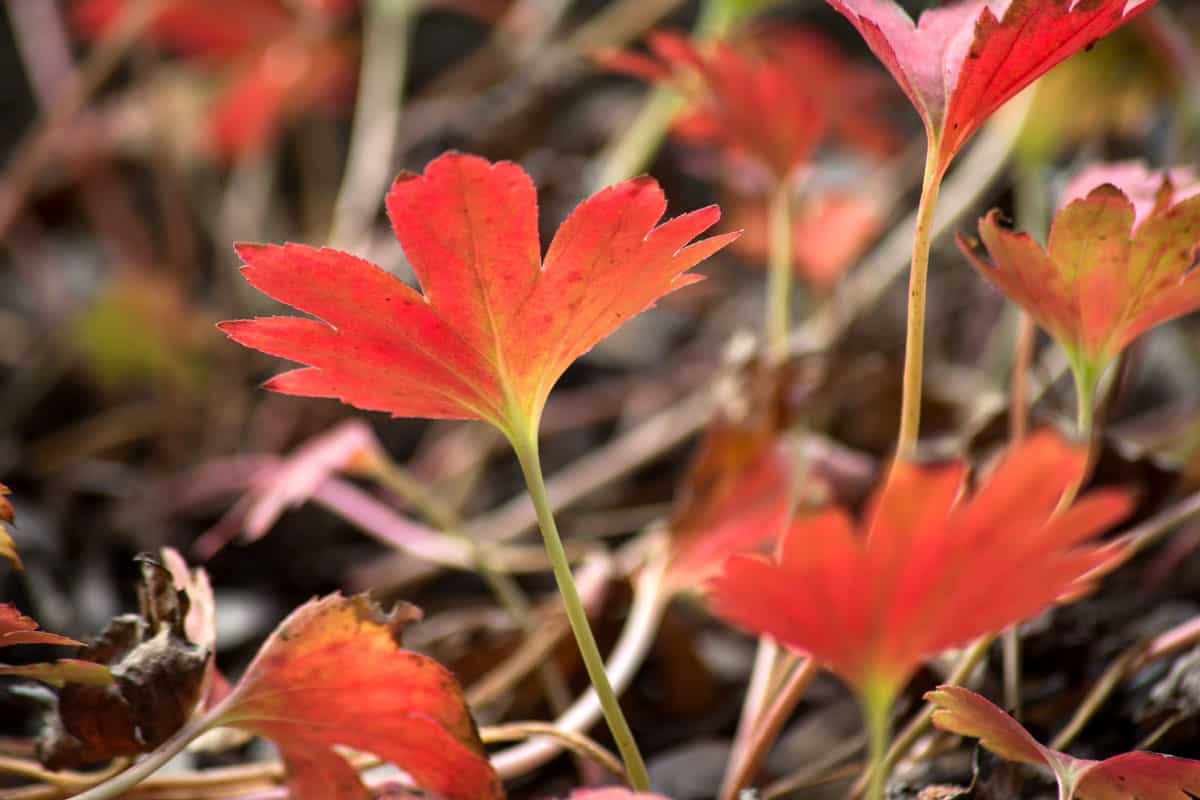
The mock orange plant produces a strong smell of citrus, making it an attractive yard addition for aesthetic and pollinating purposes.
Mock orange can thrive in partial shade. If you intend to plant it in Zone 5, find a spot toward the edge of your shadiest beds for the best results. You should also prepare to mulch your bed come fall to better preserve the mock orange's roots. You can also invest in water-soluble fertilizers for year-round feeding.
Click here to see this water-soluble fertilizer on Amazon.
Bleeding Heart (Dicentra spectabilis)
Bleeding heart plants put on a show in the early days of spring. As an evergreen, you can count on this plant to retain its greenery for the better part of the year. As the plant blooms, however, its "bleeding heart" petals make it the star of any flowerbed you plant it in.
The hanging buds do appear heart shaped in nature, though they have a protrusion that extends toward the ground. It's this illusion of bleeding that gave this plant its name.
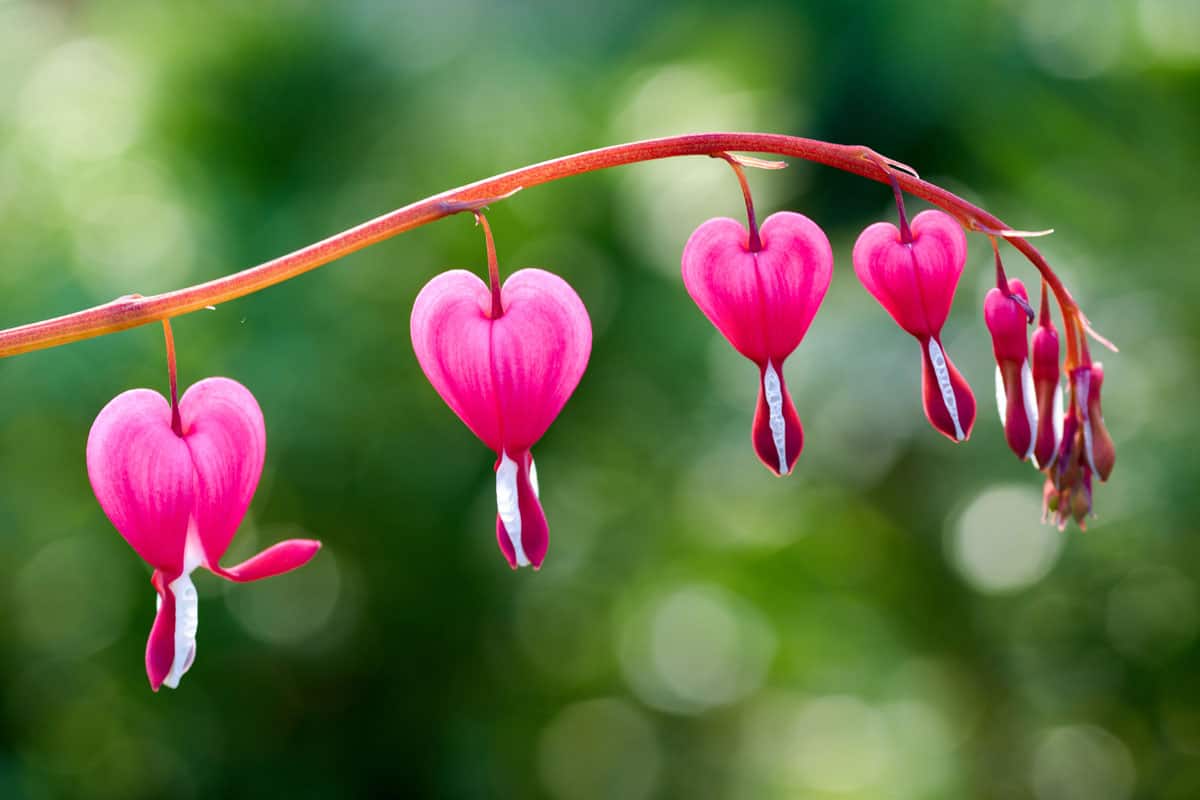
Bleeding heart plants play well with compost and thrive when exposed to regular mulching. Try to keep your bleeding heart plant out of the heat for the best growing results.
Click here to see this mulch on Amazon.
Mukdenia
"Mukdenia" as a term covers a wide range of plants from Mukdenia rossii to Mukdenia acanthifolia. These plants are well liked because they're simple to care for and can thrive as undergrowth or shade-loving plants throughout Zone 5.
Most Mukdenia plants originally took root in China. These plants tend to grow no higher than 18 inches and can come in a variety of colors, though the genus seems to favor white flowers.
As all Mukdenia plants are evergreens, you can enjoy their greenery throughout the year provided you give them the appropriate care.
For the best growth, plant your Mukdenia variants in shady soil and water them twice a week. Mukdenia plants do not appear to have a preference for a particular pH, making them the ideal plants for beginners cultivating their first gardens.
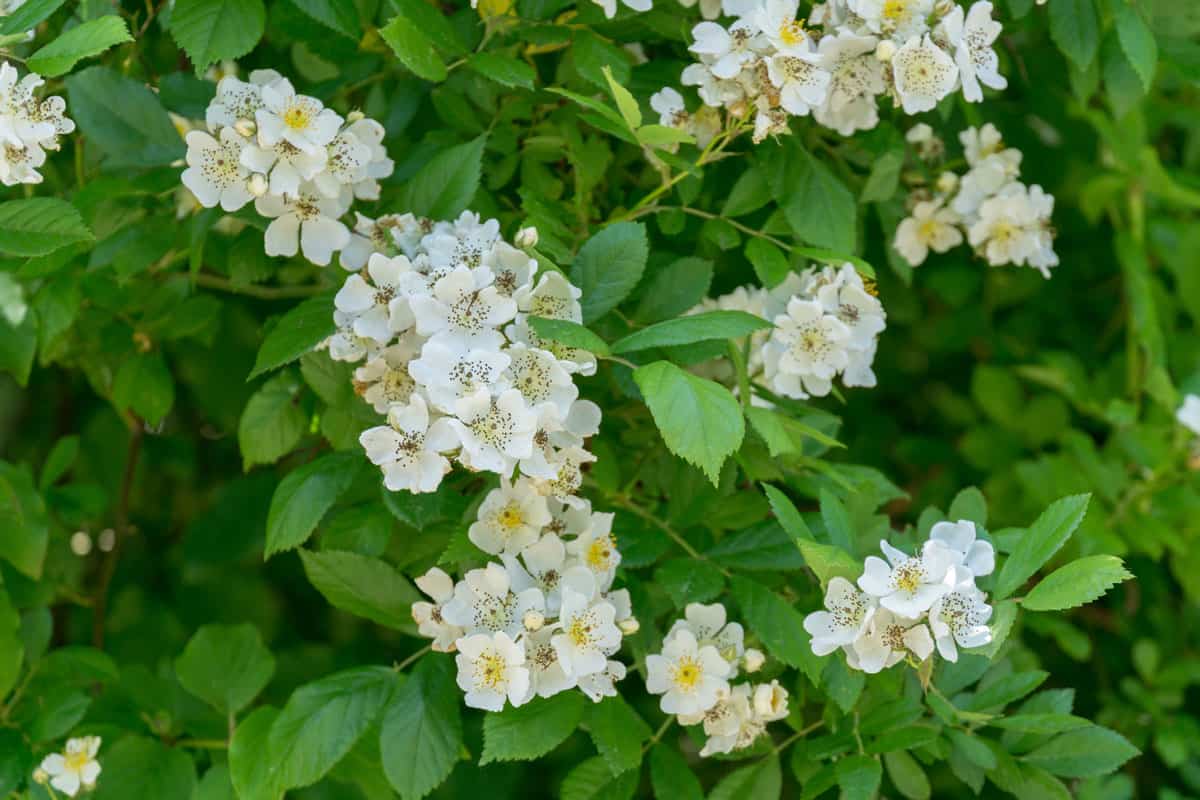
Balloon Flower (Platycodon grandiflorus)
Despite their playful name, balloon flowers look more like trumpets than they do balloons upon blooming. It's while the buds are still coming into themselves that they look like decorations at your average party. Balloon flowers thrive in Zone 5 shade and are a big hit with curious children.
You can most often find balloon flowers in white, pink, blues, and purples. Keep your soil acidic and well draining for ideal plant growth. You can also use slow-releasing fertilizer to encourage additional growth.
Fortunately, balloon flowers are relatively low-maintenance plants. Unless you're contending with an infestation of slugs or other creepy crawlers, you can sit back, relax, and watch the flowers balloon.
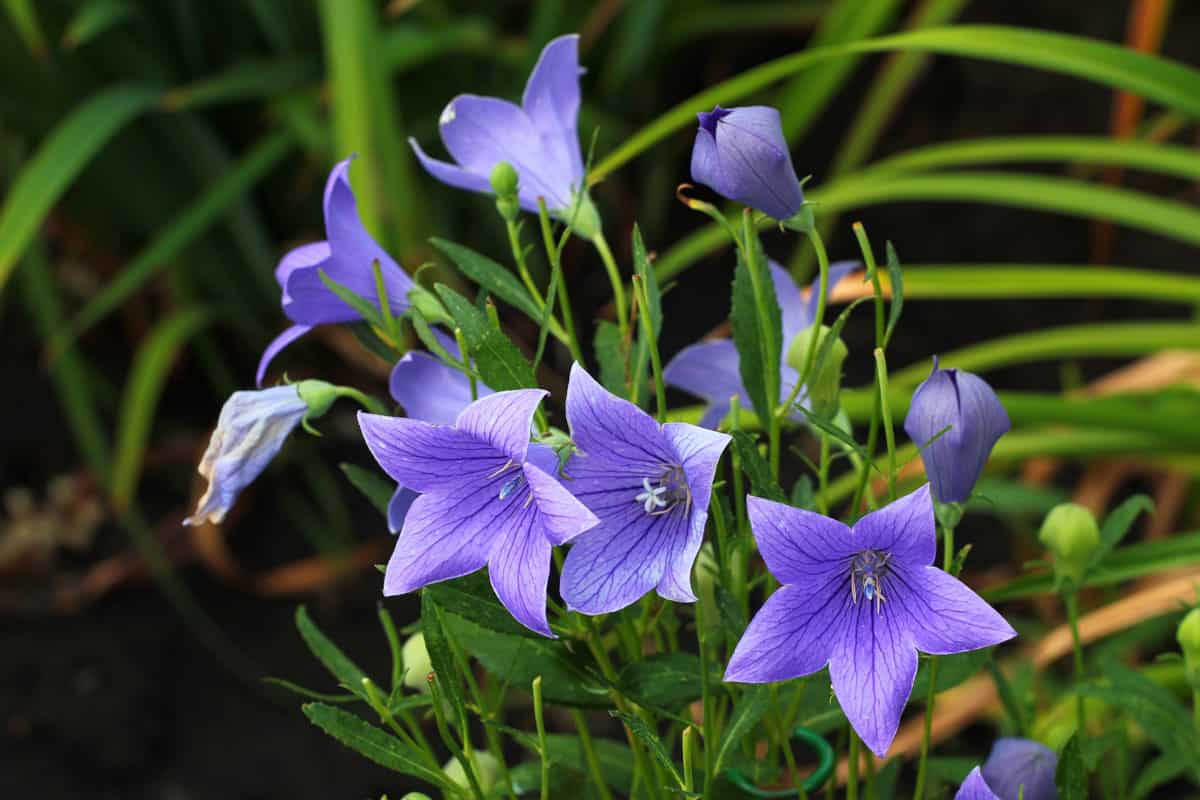
Where Is Zone 5?
Today's landscapers and botanists use the term "zones" to describe the differences in climate throughout the world. In the United States, Zone 5 describes the greater northeast. This means that residents of Maine, New York, Pennsylvania, West Virginia, and New Hampshire all live in Zone 5.
Temperatures in Zone 5 tend to be on the cooler side throughout the year. Rain tends to be common, if not abundant, and many evergreens have to contend with significant competition to get out of the shade.
Zone 5 also has its own frost dates. Come the later months of the year, you need to prepare your evergreens to contend with cooler weather. You can invest in plant covers and other protective gear to get ahead of the damage a frost might do to your perennial buds.
In Closing
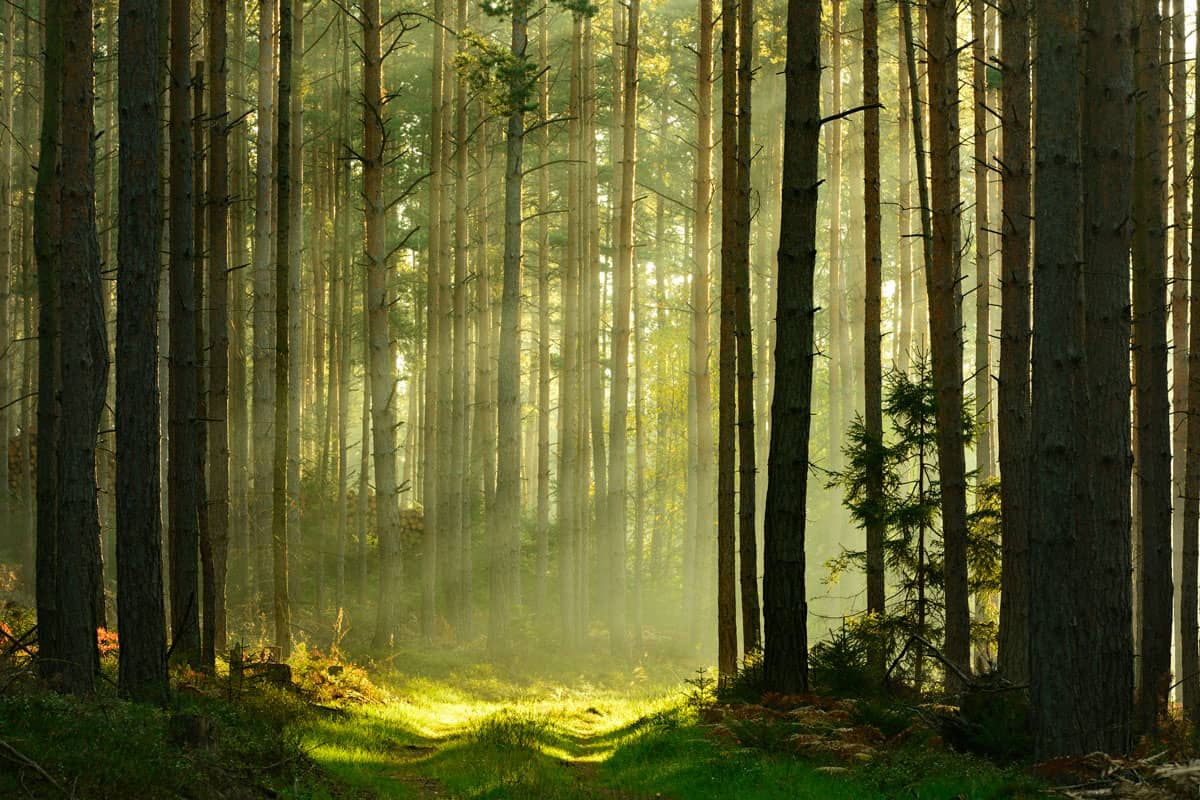
Zone 5's shade-friendly evergreens have a way of transforming your curb and brightening up your landscaping. You can invest in both flowering and non-flowering shade evergreens to strike a balance of color and ground cover throughout your yard.
For more information about the evergreens and other plants that suit your zone, you can collaborate with a representative at your local hardware store. The more you know about the zone you live in, the better your landscaping will be.


